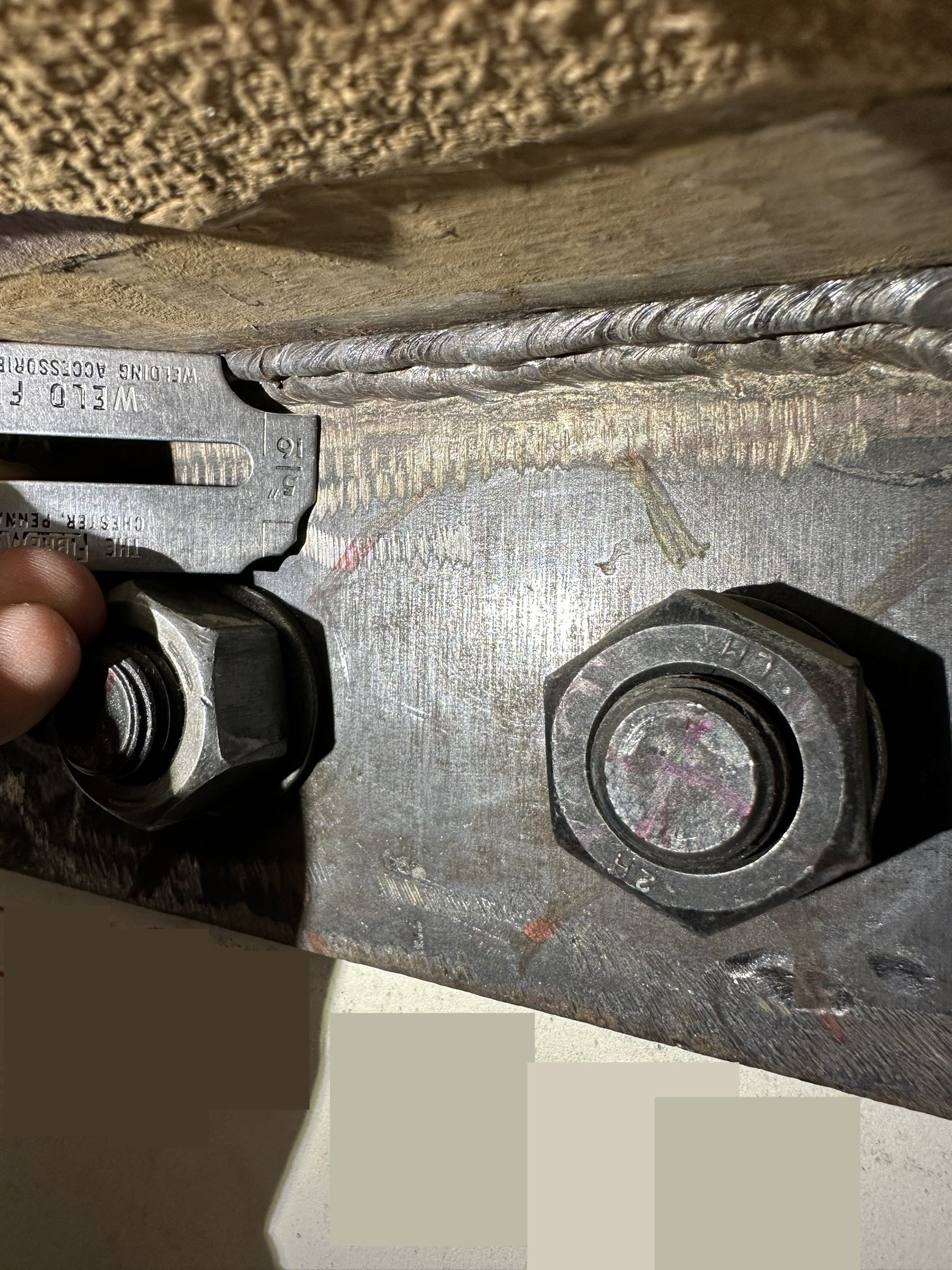Welding Inspection Service: Guaranteeing Compliance and Resilience
Welding Inspection Service: Guaranteeing Compliance and Resilience
Blog Article
Unveiling the Diverse Variety Of Welding Solutions and Their Advantages
As industries continue to progress and demand accuracy in their production processes, the value of welding solutions has ended up being increasingly obvious. From the flexibility of arc welding to the effectiveness of MIG welding, and the complex job achieved with TIG welding to the precision of laser welding, the range of welding techniques available is huge.
Kinds of Welding Provider
One usual type is MIG welding, also recognized as Gas Metal Arc Welding (GMAW), which utilizes a cord electrode to sign up with steels together. Another extensively made use of method is TIG welding, or Gas Tungsten Arc Welding (GTAW), which uses a non-consumable tungsten electrode to create a tidy and accurate weld.
In addition, there is Stick welding, or Protected Steel Arc Welding (SMAW), which is understood for its simplicity and effectiveness, particularly in windy or exterior conditions. There is Flux-Cored Arc Welding (FCAW), which is a functional procedure suitable for thick products and can be utilized in both automatic and semi-automatic applications.
Advantages of Arc Welding
Arc welding uses a wide variety of advantages that satisfy various industrial demands and requirements. One of the main benefits of arc welding is its convenience. Welding Inspection Service. This welding method can be made use of on a wide variety of steels and alloys, making it a prominent option for markets working with varied materials. Additionally, arc welding is known for its high welding speeds, which can substantially raise efficiency in making procedures. The process is additionally relatively simple to automate, reducing labor costs and boosting overall performance.
An additional secret advantage of arc welding is its ability to produce solid and long lasting welds. The heat produced during the process aids to develop a metallurgical bond between the base steels, leading to welds that have the ability to hold up against high degrees of tension and stress. Arc welding additionally generates exact and clean welds, reducing the demand for extra ending up work. Generally, the benefits of arc welding make it an important device for various markets aiming to accomplish high-grade welds successfully.
Benefits of MIG Welding
With a concentrate on efficiency and resilience in welding procedures, MIG welding presents a distinct collection of benefits that complement the flexibility and strength located in arc welding. MIG welding, or Gas Steel Arc Welding (GMAW), is known for its speed and ease of usage. The procedure entails feeding a wire electrode with a welding weapon, which is after that thawed and used to join the base materials with each other. Among the essential advantages of MIG welding is its high welding speeds, making it a recommended option for tasks that require quick turn-around times.
Additionally, MIG welding generates tidy welds with minimal splatter, decreasing the requirement for substantial cleaning after the welding procedure. The convenience of MIG welding permits welding a large range of products, including aluminum, stainless steel, and mild steel. This adaptability makes MIG welding suitable for various markets, from automotive to construction.
Moreover, MIG welding is known for its high deposition rates, suggesting even more product can be deposited in a shorter quantity of time contrasted to various other welding processes. This causes boosted performance and cost-effectiveness for tasks that call for large quantities of welds. In general, the advantages of MIG welding make it a beneficial strategy for attaining reliable and durable welds throughout various applications.

Discovering TIG Welding Advantages
TIG welding, additionally understood as Gas Tungsten Arc Welding (GTAW), offers a distinct collection of benefits that provide to precision and control in welding applications. One of the key advantages of TIG welding is its ability to create top notch, tidy welds without the requirement for filler product.
In addition, TIG welding can be made use of on a large range of metals, consisting of stainless steel, copper, aluminum, and titanium, making it a versatile option for numerous welding projects. The process also permits welding in numerous settings, click resources offering versatility in tough welding situations. TIG welding generates welds with premium stamina and integrity, making it a recommended choice for critical applications where weld high quality is vital. On the whole, the precision, control, and convenience used by TIG welding make it an important strategy in the welding sector (Welding Inspection Service).
Benefits of Laser Welding

An additional benefit of laser welding is its adaptability in working with a wide variety of materials, consisting of metals, plastics, and also different products. This versatility makes laser welding suitable for diverse markets such as automobile, aerospace, electronics, and medical devices. The non-contact nature of laser welding additionally minimizes contamination, making it a eco friendly and tidy welding method.
In addition, laser welding makes it possible for complex and complex weld geometries that might be testing to attain with standard welding techniques. This capability opens up new layout possibilities and enables for the production of lighter and more ingenious parts - Welding Inspection Service. Overall, the advantages of laser welding make it a preferred selection for numerous manufacturing applications looking for high precision and effectiveness
Conclusion

Arc welding provides strong and durable welds, while MIG welding supplies efficiency and convenience. TIG welding ensures tidy and specific welds, and laser welding provides you can try these out high accuracy and rate.
From the versatility of arc welding to the efficiency of MIG welding, and the detailed job achieved with TIG welding to the precision of laser welding, the range of welding techniques readily available is huge. One common type is MIG welding, also understood as Gas Metal Arc Welding (GMAW), which utilizes a cable electrode to sign up with steels with each other. In addition, arc welding is understood for its company website high welding speeds, which can substantially enhance efficiency in making processes.With an emphasis on efficiency and sturdiness in welding procedures, MIG welding presents a distinctive set of benefits that match the adaptability and toughness discovered in arc welding.TIG welding, additionally known as Gas Tungsten Arc Welding (GTAW), supplies a distinctive collection of benefits that cater to precision and control in welding applications.
Report this page